Introduction: The Hidden Danger Lurking in Your Dog’s Health
You may be surprised to learn that staph infections in dogs can be more dangerous than you think. However, don’t panic! With the right precautions, you can protect your furry friend from this potentially serious threat. While pets share many of the same diseases humans face, like cancer, arthritis, and heart disease, staph infections require extra attention. So how do dogs catch them, and how can you prevent it?
What Exactly Are Staph Infections?
Staph is shorthand for Staphylococcus, a group of bacteria that naturally reside on the skin of both humans and pets. These bacteria usually live harmlessly on the surface, but when conditions change, they can multiply rapidly, leading to irritation, rashes, and sometimes severe infections.
These bacteria are sneaky and can take advantage of weakened skin barriers or immune systems, causing discomfort and serious skin issues for your dog.
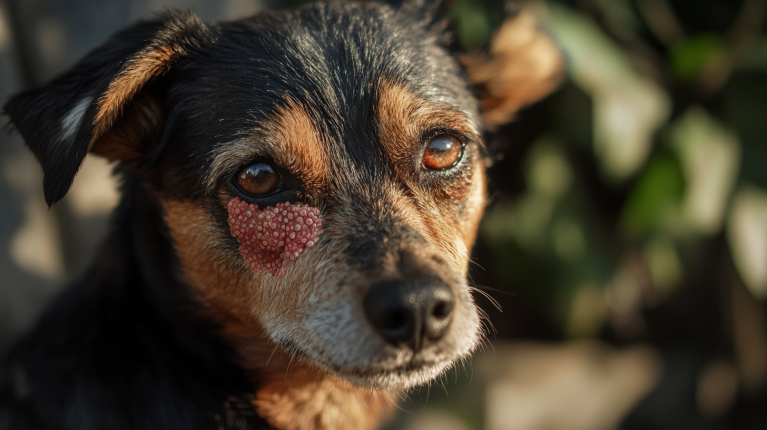
How Does Your Dog Get Staph Infections?
There are several scenarios where your dog might be at a higher risk of developing a staph infection:
- Weakened immune systems: If your dog’s immune defenses are low, bacteria can more easily spread.
- Previous skin irritations: Scratching or scratching from flea bites opens the door for infections.
- Underlying health conditions: Dogs dealing with illnesses are more susceptible to infections.
- Flea and insect bites: Fleas introduce constant irritation, creating perfect conditions for staph bacteria to spread.
When your dog is stressed, scratching, or otherwise causing skin damage, it allows bacteria to enter and trigger infections.
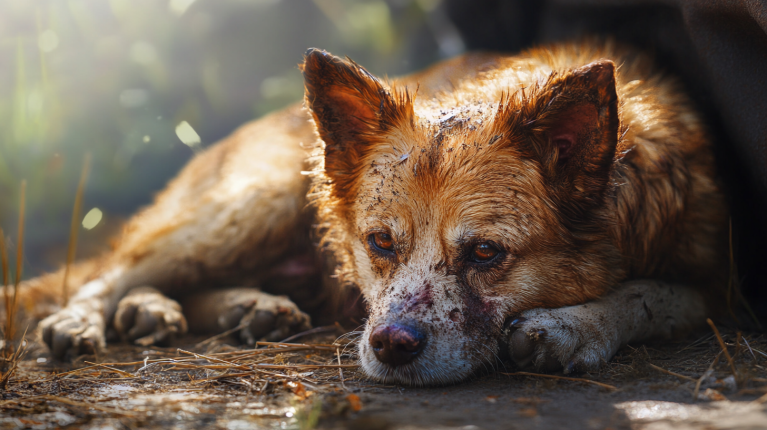
Humans Can Spread Staph to Dogs—The Hidden Risk You Didn’t Know About!
Yes, staph infections can be transmitted from humans to dogs, and this isn’t just a small risk—it could be worse than you think. Some strains of staph bacteria, including MRSA (Methicillin-Resistant Staphylococcus aureus), are resistant to many antibiotics, making them more difficult to treat. So, while MRSA may not be a “stronger” bacteria, it’s much harder to control.

How to Prevent Staph Infections: Shielding Your Dog from This Silent Threat
The key to preventing staph infections lies in proactive hygiene. There are several steps you can take to minimize the risk:
- Wash your hands regularly and thoroughly, especially after touching your dog or cleaning up after them.
- Monitor your dog’s environment—keep them away from places where bacteria thrive.
- Clean your dog’s paws after visits to public areas or vet appointments using pet-safe wipes. Ensure their paws are dry before they walk around.
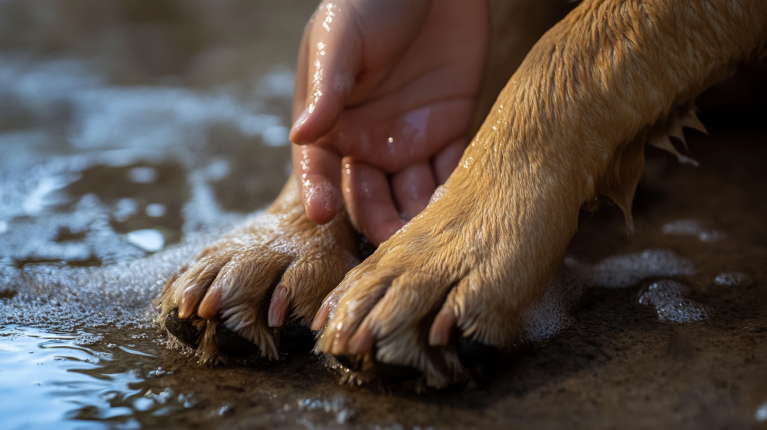
- Wear gloves while cleaning your yard or handling litter, and always wash your hands afterward.
- Flea control is critical—fleas cause more than just itching. They can lead to skin damage, which encourages bacteria to multiply.
Identifying Staph Infections in Dogs: The Early Signs to Watch For
So how can you tell if your dog has a staph infection? Here are the most common symptoms to look out for:
- Red, inflamed patches of skin that might be hot to the touch.
- Blisters or pustules, often with pus or scabs.
- Constant scratching or licking of the infected area.
If left untreated, the infection can worsen, leading to lethargy, loss of appetite, and even fever. Make sure to keep any surgical wounds clean and regularly check for signs of infection.
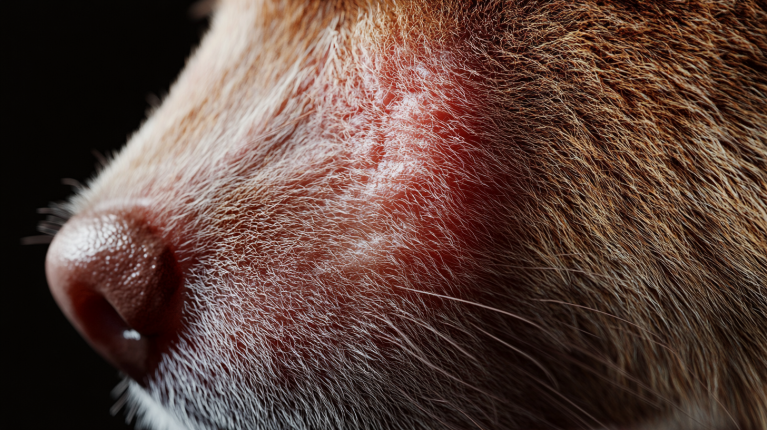
Treatment for Staph Infections: Don’t Panic!
Most staph infections in dogs are treatable with antibiotics. Your vet may recommend topical creams or ointments to apply directly to the infected area. Even if the infection is caused by a strain like MRSA, there are antibiotics that can help treat it.
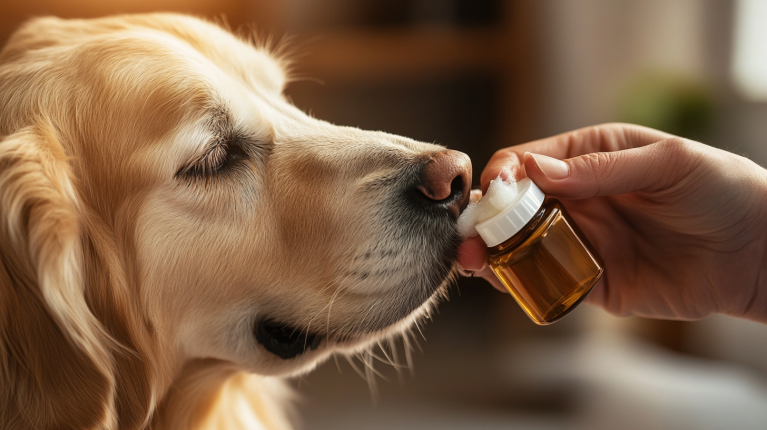
Why Do Staph Infections Occur? The Cause Revealed
The way dogs contract staph infections is similar to how humans do—poor hygiene, skin irritation, and weakened immune systems all make dogs more vulnerable to infection. However, by maintaining a clean environment, grooming your dog regularly, and staying vigilant about flea control, you can drastically reduce the risk. And don’t forget to wash your hands!
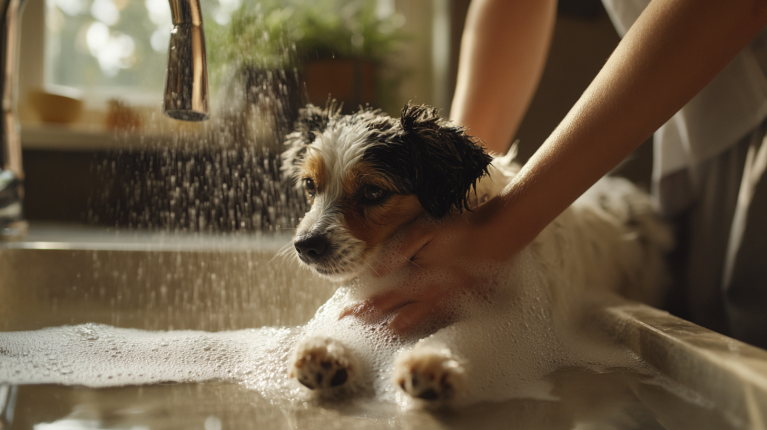
Conclusion: Protecting Your Dog from Staph Infections
Staphylococcus infections are a common but preventable health issue in dogs. By following a few simple hygiene practices—keeping your dog and their living environment clean, preventing flea infestations, and managing skin irritation—you can protect your pet from this sneaky infection. Staph may lead to serious skin problems, but with early detection and the right treatment, your dog can make a full recovery. Prevention and cleanliness are the key to keeping your dog healthy and safe from bacterial infections.



















